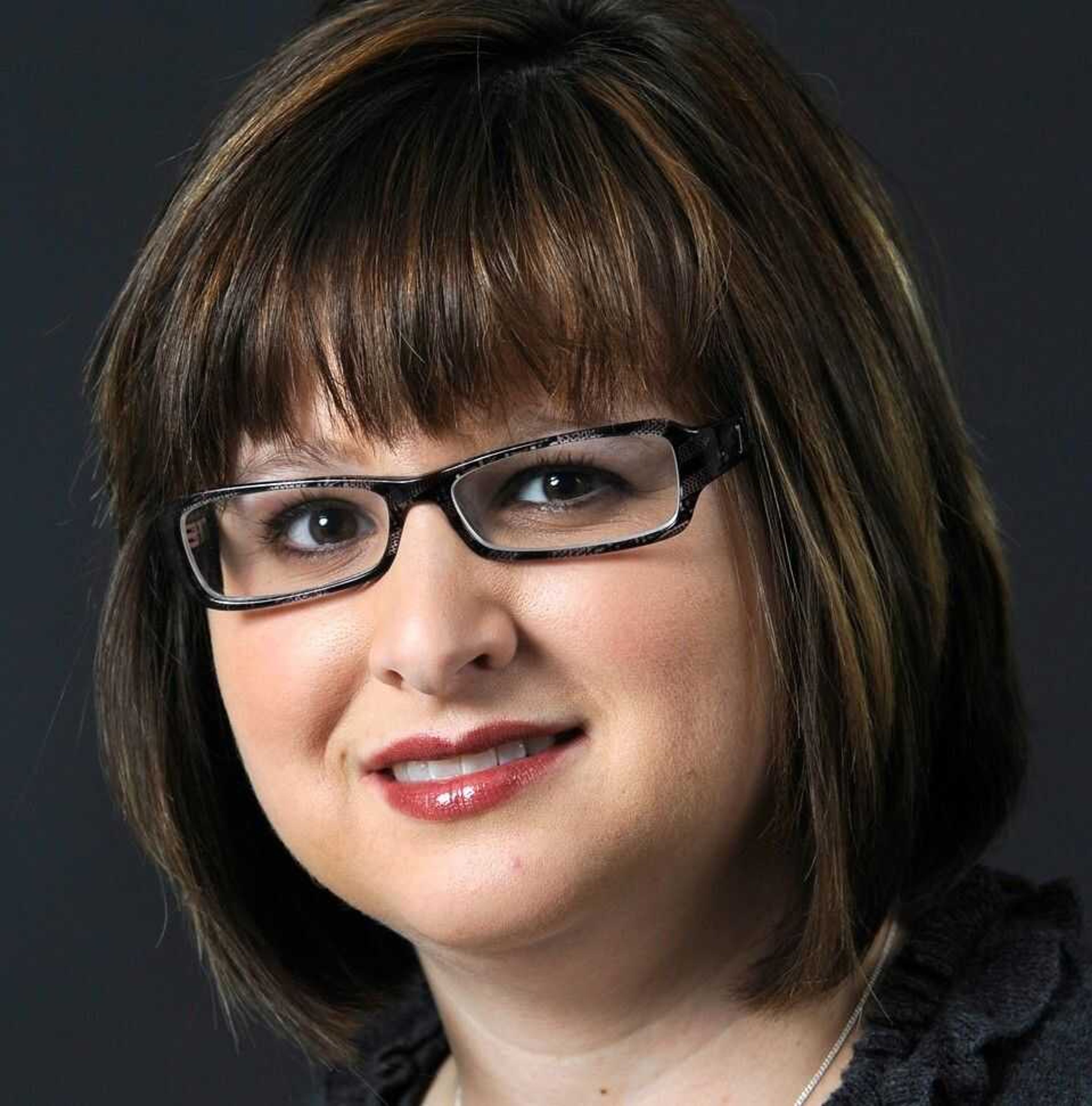SEMO Port making $1.3 million in repairs, improvements to railroad tracks
As demand for its rail services grows, the SEMO Port is working to upgrade its tracks this summer. The port received $1.3 million through the U.S. Department of Commerce's Economic Development Administration to make repairs and improvements to a six-mile section of railroad track from the port to Cape Girardeau...
As demand for its rail services grows, the SEMO Port is working to upgrade its tracks this summer.
The port received $1.3 million through the U.S. Department of Commerce's Economic Development Administration to make repairs and improvements to a six-mile section of railroad track from the port to Cape Girardeau.
The project includes building 2,800 feet of additional spur tracks, replacing three road crossings, replacing 6,800 track ties, and tamping to raise and align the track.
Three new spur tracks near SEMO Milling's facility were completed in January, except for the final tamping, which will take place in June, SEMO Port executive director Dan Overbey said.
Crews are working now on track upgrades near the wastewater treatment plant in Cape Girardeau. That work will continue for the next few months and is expected to wrap up by late summer, Overbey said.
The $1.3 million the port received was earmarked for economic recovery efforts related to the 2008 flood.
"About half our railroad was flooded, so that qualified us to receive support for some upgrades," Overbey said.
Rail service should experience minimal disruptions while the work is completed, he said. In June or July, crews will replace the railroad crossing on Main Street near the Scott City baseball fields, so drivers should expect the road to be closed for a few days at that time, Overbey said.
Workers will be removing the existing track, putting in a heavier rail and new ties at that intersection, he said.
Earlier this year, a second mainline track to the SEMO Port's railroad system was opened to keep rail traffic from coming to a halt during high water. The new half-mile segment of track is at a higher elevation than the port's existing mainline track, which frequently flooded. The $802,961 project was paid for with funds from the American Recovery and Reinvestment Act of 2009 distributed to the port through the Missouri Department of Transportation.
The port's railroad traffic has grown steadily from 2,139 cars in 2001 to about 5,400 rail cars carrying goods to or from the port in 2011.
The port's top railroad user is cement manufacturer Buzzi Unicem, which was responsible for about 79 percent of the tonnage shipped by rail at the port last year.
The next railroad improvement project on the port's list is to construct a new loop track at the port, allowing it to handle large "unit" trains with 100 cars or more.
"Right now we can handle 10 or 20 cars at a time, but to get the best rates and sometimes the best service the railroad industry offers, it takes an entire train load," Overbey said.
The port already has land set aside for the loop track but doesn't have the approximately $15 million it would cost to complete the project.
A loop track could be done in phases as funds become available, Overbey said.
Steve Leus, plant manager at Buzzi Unicem, said while his plant ships about 56 percent of its product by barge, it is serving more landlocked terminals each year. So far this year, they've shipped about 36 percent of their product by rail.
"It is my understanding the loop track can make the SEMO Port operations more effective in moving cars out on the main line. Anything that can help our operation become more efficient is a plus to our business," Leus said.
While most ports only offer a connection to one rail line, SEMO Port's railroad allows customers to connect with either Burlington Northern Santa Fe or Union Pacific.
This is a huge advantage when marketing the area to prospective industries, said John Mehner, president and CEO of the Cape Girardeau Area Chamber of Commerce.
"We do get projects from time to time that are looking for a port or near port location," Mehner said. "River and rail are very functional for certain kinds of things. We're still a trucking society, but there are, whether it's fertilizers, foods or grains, there are things that lend themselves to river and rail."
Currently half a dozen businesses operate at the port -- Missouri Fibre, SEMO Milling, Girardeau Stevedores, Consolidated Grain, First Missouri Terminals and Tower Rock Stone.
The port needs more available land ready for new development to move in, Mehner said.
Overbey knows this too and this summer the port will work to stabilize the north bank of its harbor to protect vacant land there and make it suitable for developers. The port has about 30 acres available.
"We're going to go in and dig a deep and wide trench and fill it with rock so the bank doesn't slide," Overbey said.
Each year the port sets aside about 25 percent of its revenue, or about $100,000, for capital improvement projects.
"What we really like to do is take that money and use it to match a grant, that's how we can really stretch the money," he said.
Over the past five years, using this method, the port has completed $11.6 million in upgrades.
mmiller@semissourian.com
388-3646
Pertinent address:
10 Bill Bess Drive, Scott City, MO
Connect with the Southeast Missourian Newsroom:
For corrections to this story or other insights for the editor, click here. To submit a letter to the editor, click here. To learn about the Southeast Missourian’s AI Policy, click here.











